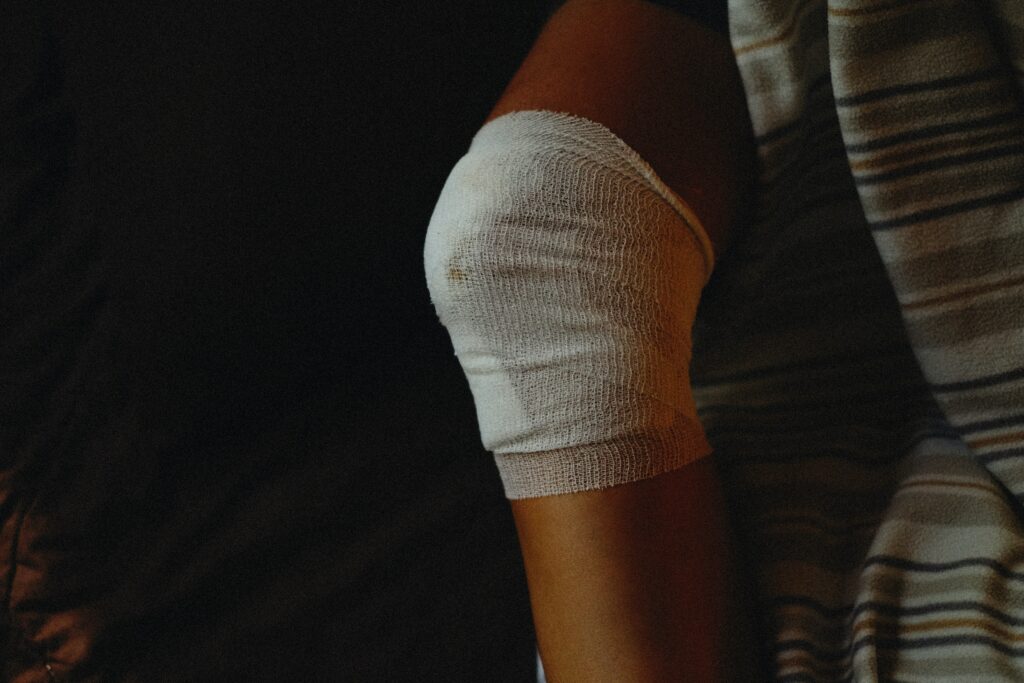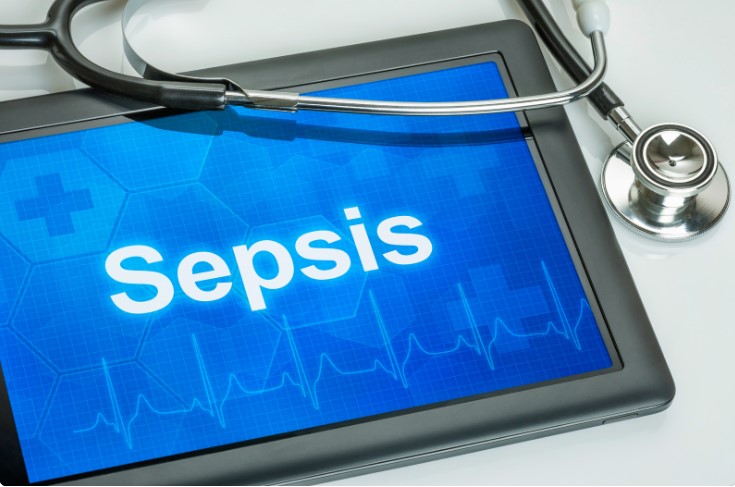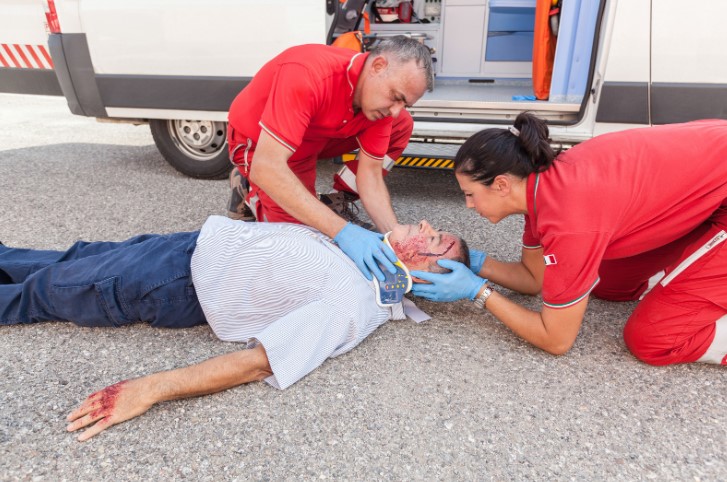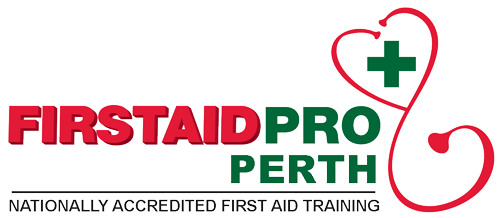Knee injuries can range from mildly uncomfortable to devastating symptoms. Anyone who has experienced knee pain before knows how just big of a problem having the largest joint in the body injured is, as it can cause major disruptions to everyday life.
If you suspect a knee injury, it is important to assess the damage to decide the next course of action – whether it is first aid treatment or seeing a doctor for further assessment.
In this blog, we will explore five very common problems that often arise in the knee and the symptoms that help how to tell if a knee injury is serious.
What Is A Knee Injury?
A knee injury is a common complaint among adults that often involve trauma to one or more tissues within the knee joint (ligaments, tendons, cartilage, bones, and muscles.
Knee injuries are mostly associated with general wear and tear from doing daily activities such as walking, bending, standing, or lifting. Athletes and workers in commerce, forestry, fishing, machinists, plumbers, electricians, and technicians are more likely to experience knee pain and other problems.
But whether knee pain is caused by direct trauma or may be a sign of aging, it can be a nuisance or debilitating in some circumstances.
There are many different types of injuries that can occur, mostly depending on which part of the body suffers from a direct hit or impact. In some cases, more than one knee structure is affected and suffers from injury.
5 Most Common Knee Injuries
(And How To Tell If A Knee Injury Is Serious)
Below are five of the most common types of knee injuries. Knowing its root cause and accompanying symptoms helps us tell if a knee injury is serious.
1. Knee Fracture
A knee fracture occurs when your patella or knee cap, which protects your knee joints, suffers from injuries or further damage.
The knee cap often makes the first contact and shields different parts of your joints when you suffer from a fall or direct collision. This makes the kneecaps susceptible to fractures.
The most common symptom of a knee fracture is a misshapen limb or joint that could be accompanied by a visible bone outside the skin. Other signs may include pain around the knee cap or in the knee, bruising, swelling, or inability to move the impacted area.
Knee fractures are common, but if left untreated, they can result in serious complications. To prevent further damage, the knee must be immobilized and receive first aid treatment to allow the injured bone to heel. In severe cases, the injury may require surgery for repair.
2. Knee Dislocation
A knee dislocation occurs when a large impact on the knee (such as a fall, collision, or car accident) causes the knee bones to come out of place.
The knee has the ability to correct itself in certain situations. The affected area may feel a little sore, or you may notice a bump outside the knee, but it can still function normally.
While in severe cases, the only way to recover a dislocated knee is to relocate the knee bones back into place. A doctor will strategically adjust the bones in what is usually a quick, fluid motion.
3. Knee Ligament Injury
Ligament injuries are extremely common in contact-sports activities. This occurs when the knee is overextended or moves in an unusual way, making the ligaments forced too much to support the movement.
Because the ligaments are the ones who keep the knees in place, forcing them to be much can result in stretch or tear.
The most common knee ligament injuries are the anterior cruciate ligament (ACL) and the posterior cruciate ligament (PCL). Although ligament injuries are very common, there are varying degrees to how severe the injury is – Grade I, Grade II, and Grade III.
4. Knee Tendon Tear
Tendon tears can happen to anyone but are extremely common for people engaged in jumping sports, running, and other related activities.
Landing awkwardly after a jump or accidental fall is a common way to tear and stretch the tendon to the point that it is unable to support the overextension.
Symptoms may include indentation at the bottom of the knee cap, bruises, tenderness, cramping, or difficulty walking due to the knee buckling or giving way.
5. Meniscus Tear
Meniscus tears occur mostly during sports-setting, where there are jumping or twisting movements. These are common in football, soccer, or volleyball, where athletes often change direction quickly.
Any type of knee twisting, cutting, or pivoting can result in a tear in the meniscus. There are also instances where the meniscus also tears from wearing out over time.
Knee Injury Signs And Symptoms
The signs and symptoms of a knee injury often depend on the cause. This usually includes:
- Difficulty moving the knee
- Catching or locking of the knee
- A loud pop or a “popping” sensation in the knee
- Stiffness
- Warmth to the touch
- Inability to fully straighten the knee
- Loss of range of motion
- A feeling of instability or “giving way” with weight bearing
The knee may also be unstable, or you may experience a feeling of instability or ‘giving away’ when you use it. In fractures and dislocations, you may notice a deformity or out of alignment in the knees.
Knee Injury Treatment
RICE (rest, ice, compression, elevation) is comprised of basic first aid principles in the treatment of acute knee injuries.
Rest
The person should not continue with any activity following the injury. A general recommendation is that the knee should be immobilised and offloaded during the first 24 hours.
Ice
Apply ice for 20 minutes and do it every hour for a day to help relieve pain and swelling.
Compression
The most important aspect of first aid treatment for knee injuries is compression to reduce swelling.
To do that, use an elastic bag and start wrapping it around the knee and finish slightly above it. Keep the bandage as tight as possible without blood flow to the injured site.
Elevation
Limit the swelling in the knee by keeping the injury site elevated. Let the foot rest above hip level, especially in the first few hours of the incident.
Use a chair or cushion to keep it elevated for at least 24 hours.
For more serious injuries, a different treatment may be required depending on the type of injury and where it is located.
Learn First Aid
Most people will experience knee problems at one time or another.
While our body movements do not cause problems all of a sudden, it is not surprising that symptoms develop from everyday wear and tear, resulting in knee injuries. This often occurs when doing work-related tasks, recreational activities, home projects, and even sports.
At times of injury, knowing first aid skills is crucial to keep the injury stable and prevent further damage until advanced help is available.
Take a first aid course and equip yourself with skills and knowledge in treating injuries.
Visit the First Aid Course Canberra to find out more.








